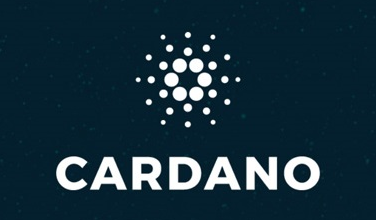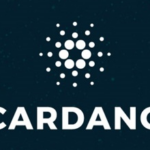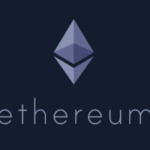Cardano Competes with Fastest Blockchains: What Sets ADA Apart?

Cardano is on the cusp of a new era with the introduction of Ouroboros Leios, a revolutionary update to the blockchain’s consensus protocol that promises to significantly enhance scalability. This groundbreaking development, announced by Input Output (IOHK), the team behind Cardano, aims to address current limitations in throughput and efficiency.
The current block production frequency on Cardano stands at 20 seconds, leading to periods of inactivity for nodes and restricting overall network speed. Ouroboros Leios seeks to tackle this challenge by ushering in a parallel block processing approach, divided into three distinct types: Input Blocks for new transactions, Validation Blocks to validate input blocks, and Ordering Blocks to securely order transactions. This innovative separation allows for the simultaneous creation and processing of blocks, optimizing network resources usage and reducing downtime. Simulations conducted by IOHK suggest that Ouroboros Leios could elevate Cardano’s transaction processing capacity to over 1,000 transactions per second, a significant leap from its current capabilities.
The primary objective of Ouroboros Leios is to enhance Cardano’s scalability while upholding its core principles of security and decentralization. Through the parallel processing of transactions, Leios aims to minimize bottlenecks, making Cardano more competitive against leading blockchains like Solana. Additionally, the update optimizes network and computing resources, promoting efficiency crucial for broader adoption. Leveraging Cardano’s EUTXO model, transaction dependencies are clear from the outset, simplifying validation and making parallel processing safer and more efficient. Despite these advancements, Ouroboros Leios remains committed to ensuring Cardano’s robustness, even in the face of potential network stake control by adversaries.
These enhancements position Cardano as a blockchain platform poised to support sophisticated decentralized applications (dApps), particularly within decentralized finance (DeFi) and global infrastructures. The launch of Ouroboros Leios has generated widespread excitement within the Cardano community, underscoring its potential impact on the value of the ADA token. The update could drive increased adoption by attracting more developers and DeFi projects to the platform, thereby boosting demand for ADA for transaction fees and staking. Furthermore, Ouroboros Leios enables Cardano to compete with speed-focused blockchains like Solana, potentially appealing to institutional investors and driving an uptick in ADA price.
While historical trends indicate that significant Cardano updates often correlate with positive price movements for ADA, the market’s short-term response to the Ouroboros Leios announcement remains to be seen. At the time of writing, ADA has experienced a 2.6% increase, trading at 70 cents. The implementation of Ouroboros Leios is still in the research and testing phase, necessitating thorough preparation, including prototyping and formalizations to ensure compatibility with Cardano’s existing ledger rules. Despite the promising outlook, the successful deployment of Ouroboros Leios hinges on meticulous planning and validation efforts to realize its full potential.



